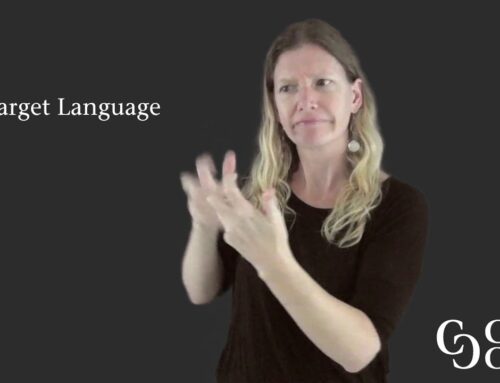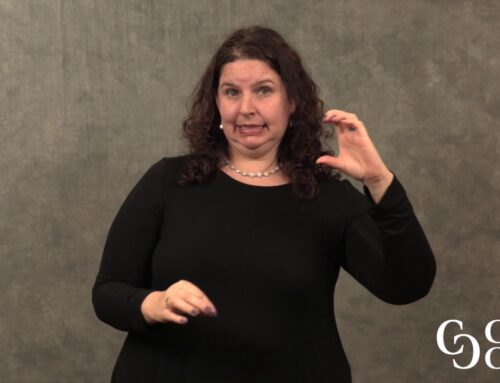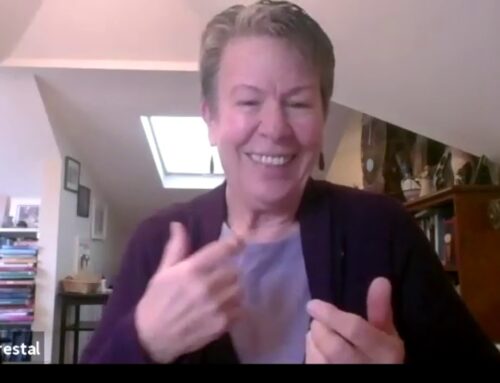Competencies Addressed:
- message coherence
- spatial structuring/discourse mapping
- depiction in ASL
- Use of Classifiers
- semantic classifiers (Taylor, 2017: 4.2)
- descriptive classifiers (Taylor, 2017: 4.3)
- locative classifiers (Taylor, 2017: 4.4)
- body and body part classifiers (Taylor, 2017: 4.5)
- instrument and tool classifiers (Taylor, 2017: 4.6)
- Use of Space
- Use referencing accurately when the referent is not present (Taylor, 2017: 5.2)
- Use accurate spatial agreement (Taylor, 2017: 5.4)
- Restructure space accurately (Taylor, 2017: 5.5)
- Use accurate non-manual signals when structuring space (Taylor, 2017: 5.6)
- Use as much space as the interpretation requires (Taylor, 2017: 5.7)
- Interpreting
- Reflect speaker’s attitudes, preferences, and emotions (Taylor, 2017: 7.5)
Time Required for Activity: 45 mins
Objective(s):
Interpreters will:
- Use classifiers and space correctly when describing referents.
- Accurately convey the tone and impact of the message.
Instructions for Activity:
In this video, Joy tells about her trip to see the bats at the Congress Avenue Bridge in Austin, Texas. You will practice interpreting it from English to ASL two times using a resource to help you improve your second interpretation.
Reference
Taylor, M. (2017) Interpretation Skills: English to American Sign Language. Edmonton: Interpreting Consolidated.





